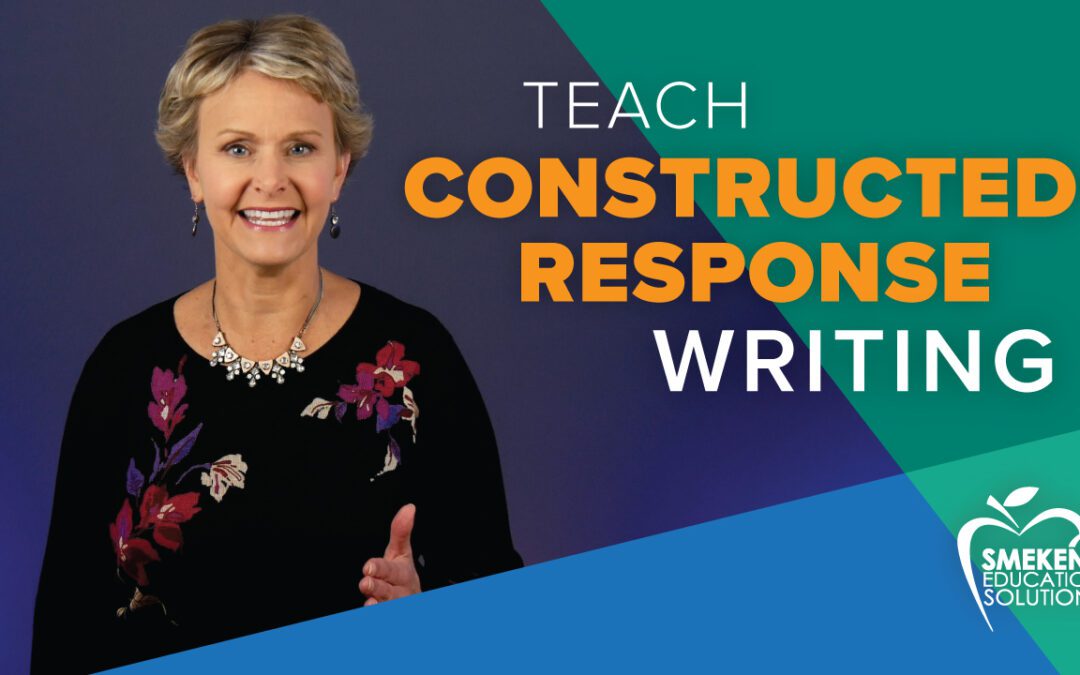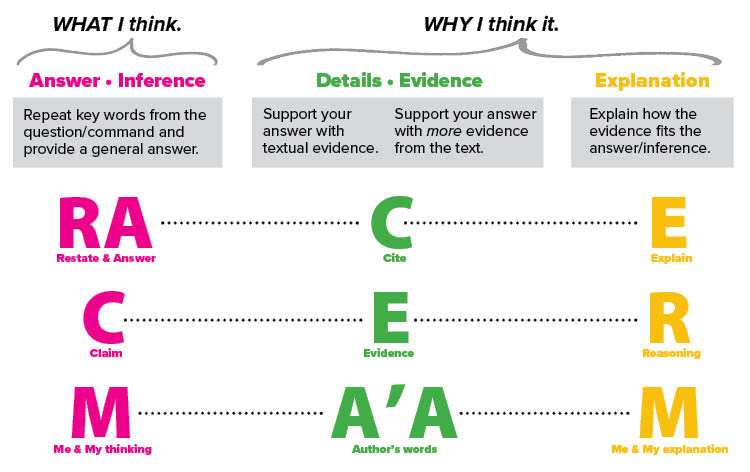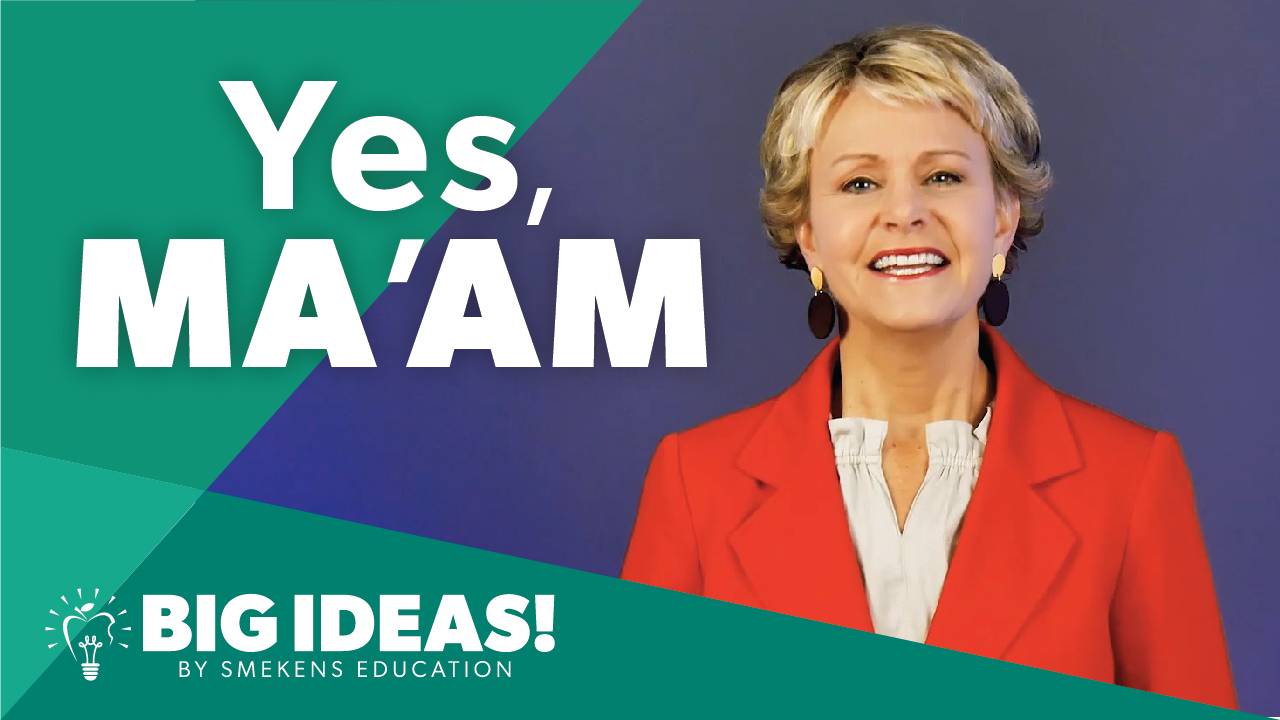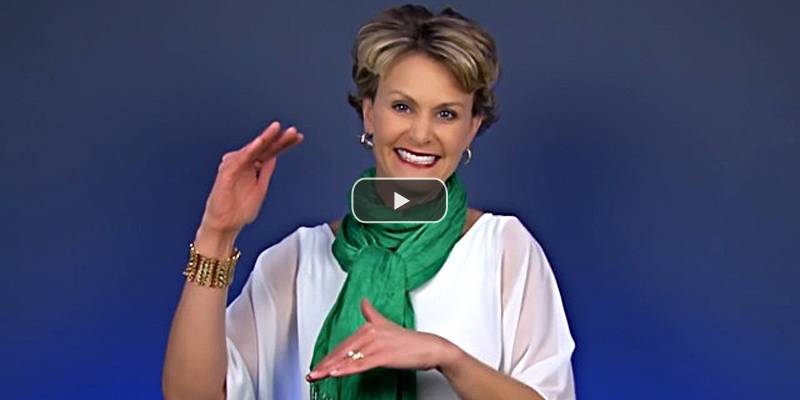Learning Center
reading
Teach constructed-response writing to boost test success
october 3, 2023
Educators feel a lot of pressure around the topic of constructed-response writing. That’s because this skill is often associated with standardized tests—where the stakes are high!
To ease the pressure and prepare students for success, it’s important to know what constructed-response writing is, when during the day this is taught, and how to actually teach it.
WHAT is constructed-response writing?
Readers are expected to “draw conclusions” of ideas stated “implicitly in texts” and then communicate their thinking “orally and in writing.”
This reading skill is highly tested on state and national reading assessments—often in the constructed-response format. These are the open-ended questions asked after students have read one or more texts.
An effective constructed response is typically 3-5 sentences and includes an inference supported with evidence and explanation.
Because of these ingredients, most constructed responses fall under a unique genre of argumentative writing. Like persuasive letters, commercials, editorials, and argumentative research papers—constructed responses also utilize the what-and-why structure. The author states what he thinks followed by why he thinks it.
WHEN do I teach constructed-response writing?
Although these responses are written—the subject matter is directly related to text-based inferences.
Without reading comprehension, there is nothing to write about. Consequently, the writing-about-reading skills necessary for constructed responses are naturally taught during the reading block and/or by the reading teacher.
HOW do I teach constructed-response writing?
For this reason, many schools adopt a consistent acronym to remind students of the required components—like RACE, CER, Yes, MA’AM, or RAP.
NOTE: Carefully read the rubric for your state test. It will clearly define which of these components is required—and it is NOT the same for everyone.
- For example, Indiana’s ILEARN requires students in grades 3-8 to provide the inferred answer, multiple pieces of evidence, and an explanation of how the evidence supports the inference.
- Whereas the Texas STAAR only requires students to write the inferred answer and provide a single text detail of support—no explanation required.
- The expectations of your state should in turn inform the acronym or formula that is introduced to students.
Regardless of the acronym chosen, don’t attempt to teach RACE (or any other formula) in a single lesson. Instead, teach each “letter” or facet of the response in its own separate mini-lesson. This includes explaining:
- The purpose of the component.
- The type of information to include.
- Where to “find” that information in the text.
- How to structure that sentence.
- Where to place the sentence within the overall written response.
Although you teach each component of a constructed response separately, the process is cumulative. That means that every week, students are getting closer and closer to being test-ready with solid and complete written responses.







My students are catching on well to Yes, MA’AM! However, the toughest part for them is the second “Me.” Even after modeling and practicing as a whole class and in partners, they are still having trouble “explaining the significance of the evidence.” Do you have any tips for teaching them to explain how the details from the text prove their inference?
Emily, thanks for reaching out for support on this. Kristina Smekens has some great suggestions for how to help students understand the explanation component of a constructed response. Here’s an article on how to end a constructed response with an explanation. It should be just what you need for your students.